The Clarke Calculator is something that I’ve never seen, touched or used, yet its application is demonstrated everywhere I go. It’s not a regular calculator. Heck, it’s not even a scientific calculator. The Brilliant Calculator: How Mathematician Edith Clarke Helped Electrify America follows Edith Clarke’s lifelong passion for numbers and her specific invention that helped electric power wires handle to juice needed for a growing America.
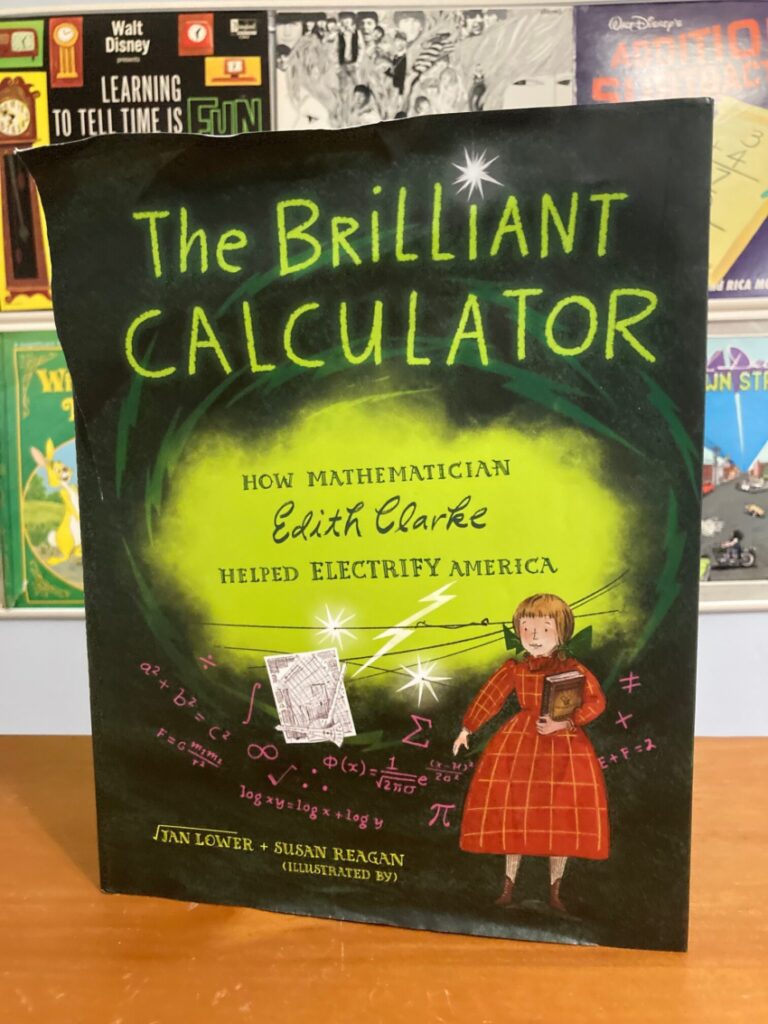
It’s the turn of the century and electricity is becoming more and more popular. People everywhere know about it, but because electric power can’t reliably be transported over long distances, less than 10% of the population has it. Edith Clarke has always loved numbers and considered solving puzzles to be a challenge that she’s enjoyed since being a child. Many of her siblings died when she was young, so she was sent to boarding school for the stereotypical things that young ladies learned. However, her desire to study math and science was hard to repress, so when she received money from an inheritance she quickly entered Vassar College.

She graduated to the top of her class in math and astronomy, but professional jobs for women in the 1920s were rare. Clarke got a job at a local girls’ school teaching physics, then math at a college, and eventually with a group of engineers who were building the first phone wires to go across America. It was the golden era before cell phones when kids didn’t have video games at the ready and students were expected to learn a second language and those with really big brains, like Clarke, self-taught themselves a third.
While Clarke was working with the telephone wires she spent her free time working on a much bigger issue that was facing the country. In her mind, she could see electricity, numbers, long distances, force, and energy dancing around each other to different songs. On one sheet of paper, she sketched out a series of lines, arcs, and grids. On another, she drew two wing-shaped objects that would interact with the first sheet of paper. Clarke cut out those objects and started moving them around as if she were measuring something.
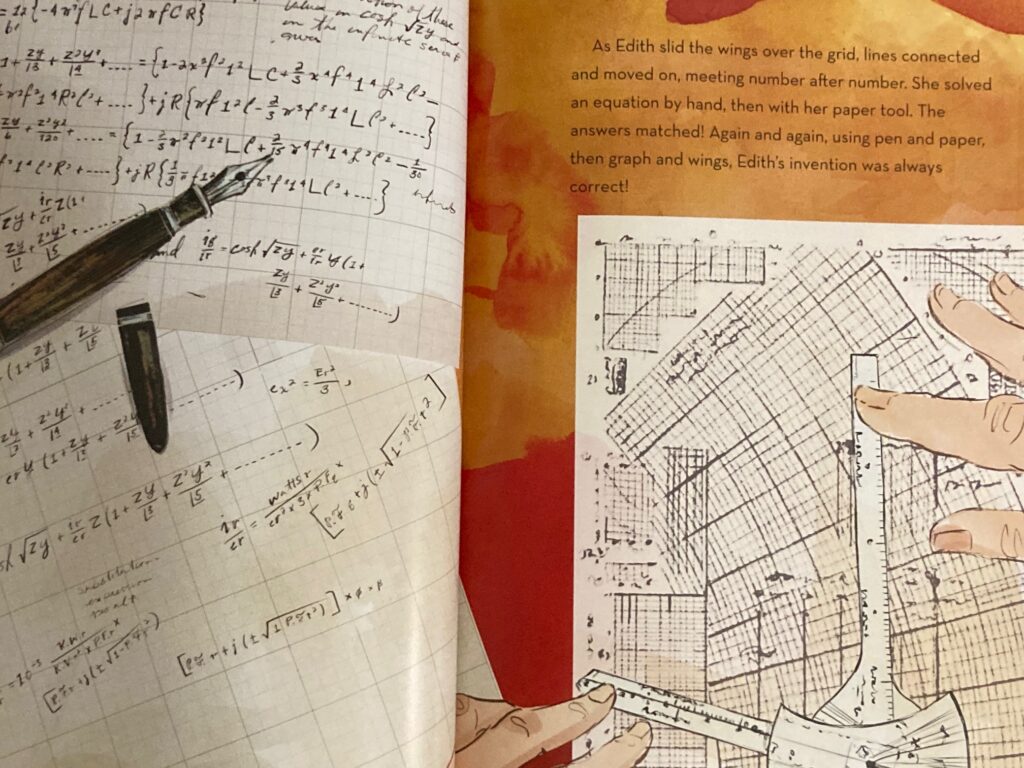
She was also doing math computations. What she had created was a calculator that would allow engineers to solve equations specific to the very complex situation of moving electrical loads through the power grid. The Clarke Calculator was tested hundreds of times by her and the math kept checking out. Transmission engineers started to use the Clarke Calculator and she was hired as America’s first female electrical engineer.
There is more to the story, but those details are best served for those who dive into The Brilliant Calculator themselves. The book is cut from the same cloth as other great books that deal with inventors or a time when the societal and technological change was happening at a breakneck pace. It’s empowering and entertaining. The latter adjective is the most important one for elementary school readers.
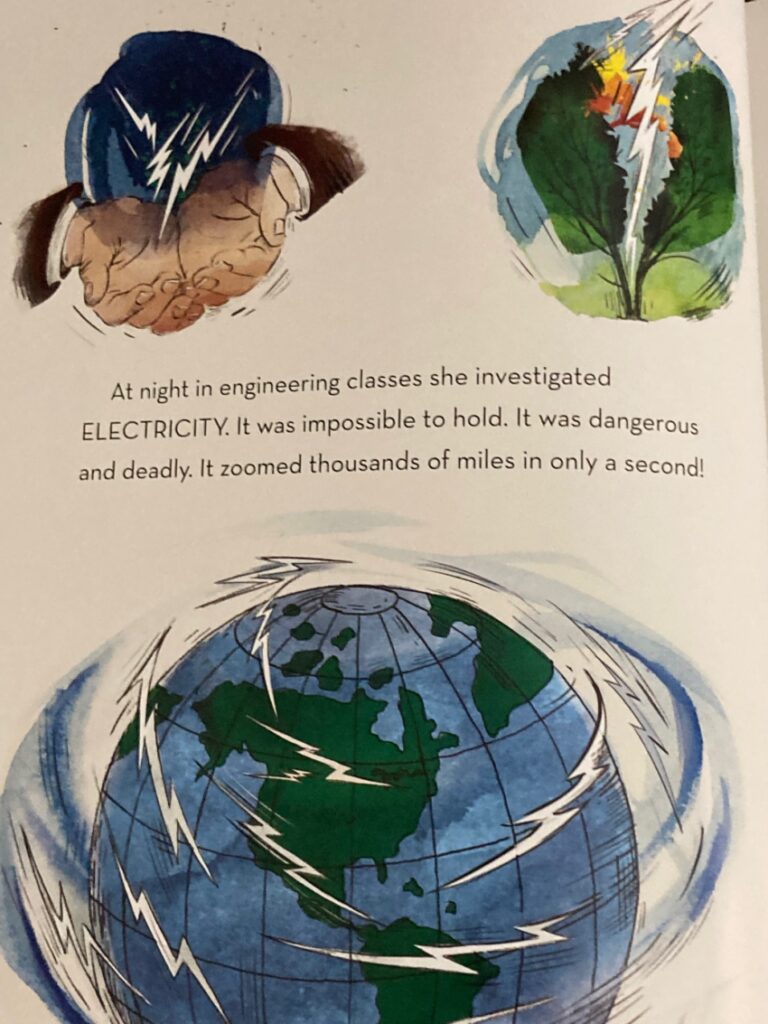
The story itself is STEM-based, a topic that might not be immediately attractive to those ages. In The Brilliant Calculator, it’s the art and the story that will help build the bridge that’ll translate the book to a wider audience. The art by Susan Reagan is realistic but has a creative, manic approach that invites kids into its whirlwind. The text by Jan Lower doesn’t take up much space on the pages. Its succinctness and relative simplicity belies what kids will perceive to be an impossibly complex topic. Having said that, there’s a glossary on engineering terms, author’s notes, a timeline of key events in her life, a list of more inventors, and a bibliography for those kids who want to read more.
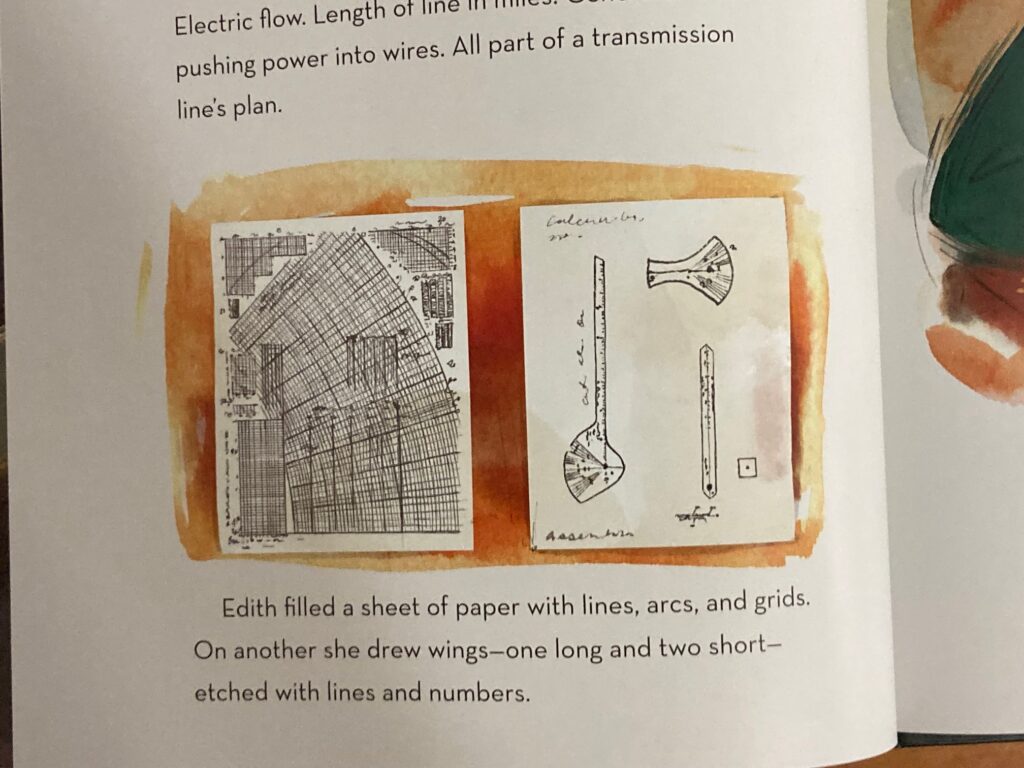
It’s an illustrated book that every elementary school needs in their library or that each math classroom needs as a source of inspiration. Educators know that most students are capable of so much more. Is it possible that a book about an invention that kids have never heard of could inspire their math journey? Clarke was a woman who hit lots of bumps in the road, but never gave up and went the extra mile. She went over and above what was needed or expected when nobody realized that she, or any woman was capable of doing anything.
There are affiliate links in this post.

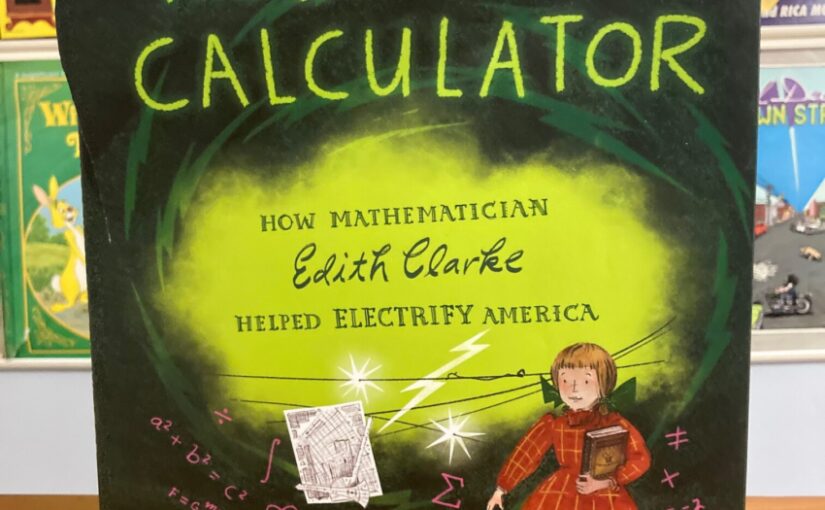



 Facebook
Facebook Twitter
Twitter Flickr
Flickr GooglePlus
GooglePlus Youtube
Youtube